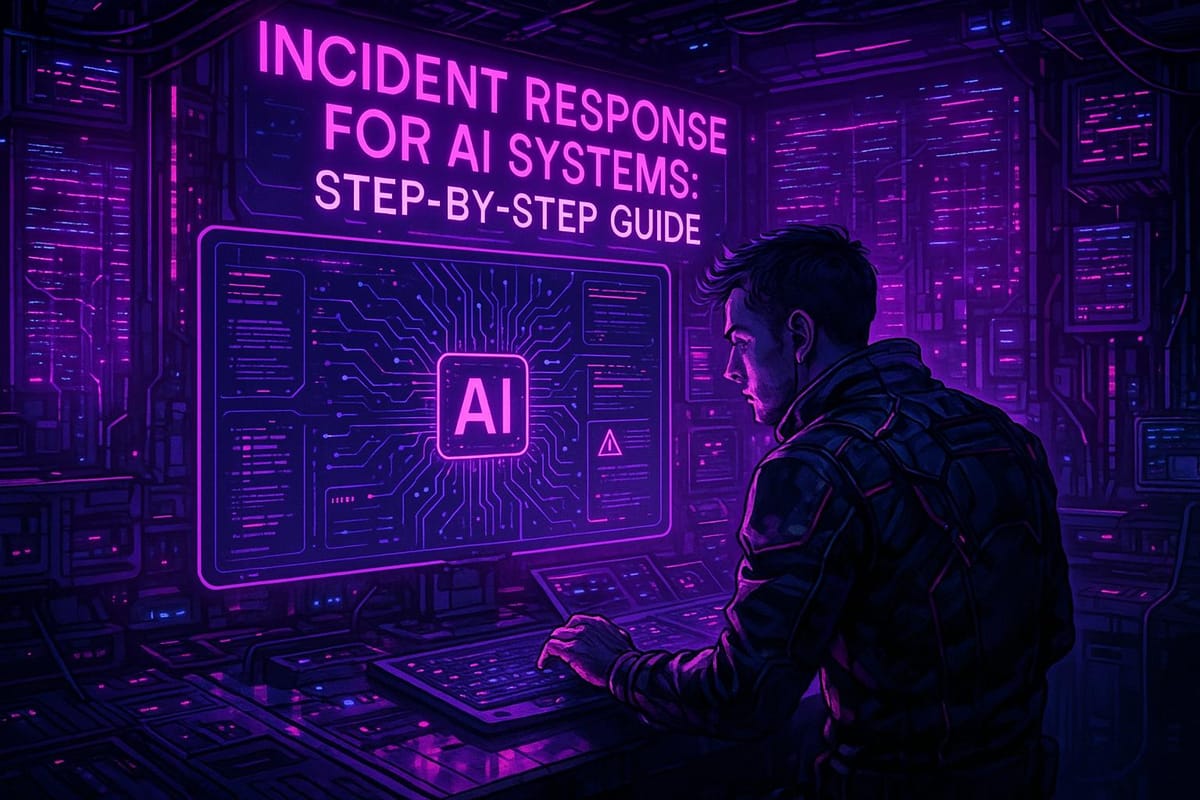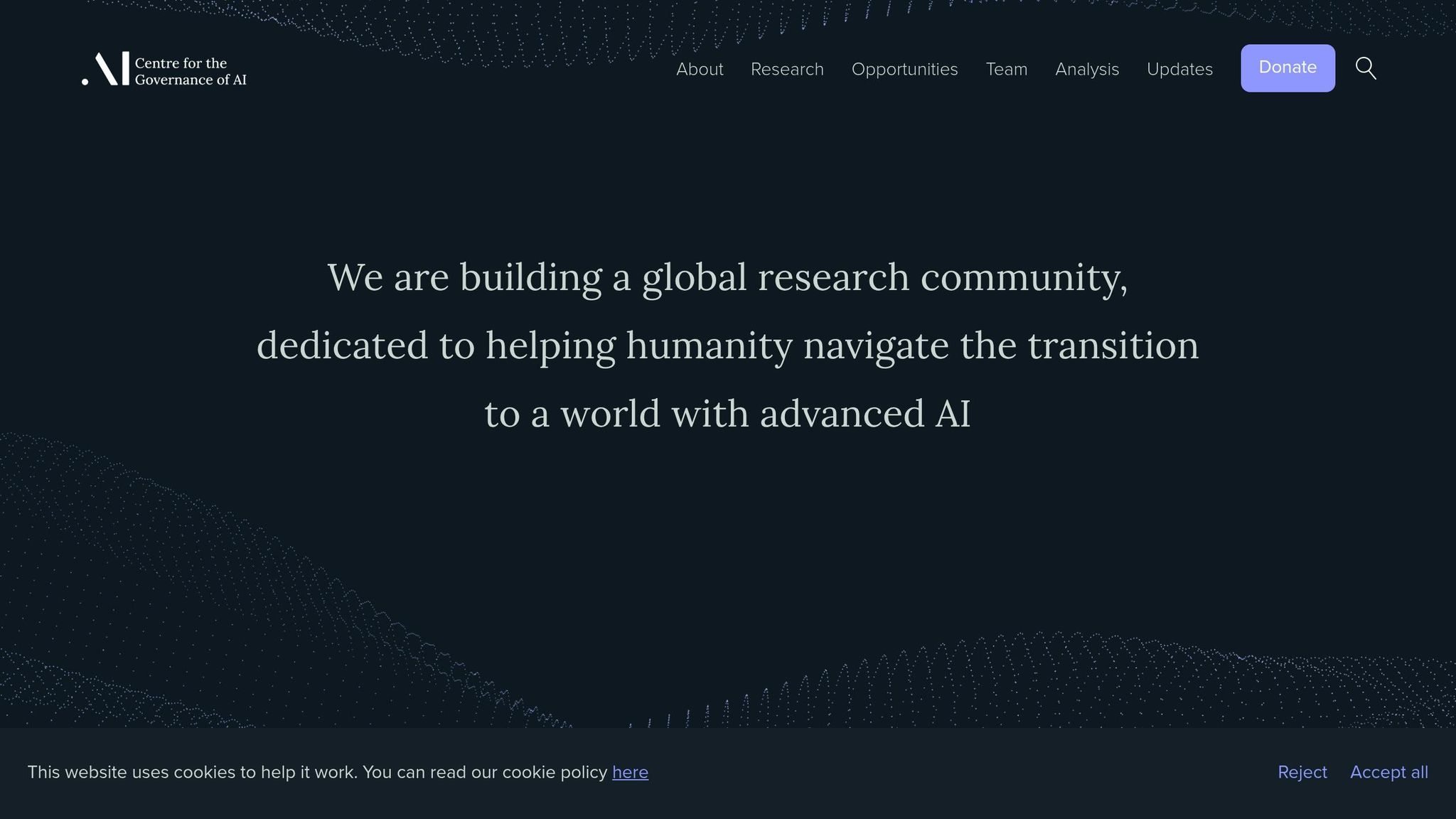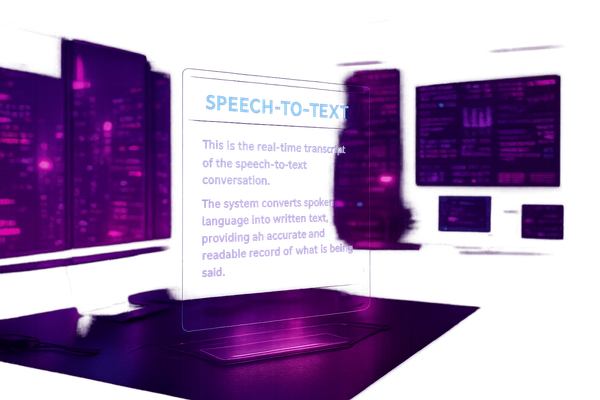Incident Response for AI Systems: Step-by-Step Guide
Learn how to effectively respond to AI system incidents with a structured approach that minimizes downtime and enhances system reliability.

AI failures can disrupt operations, hurt revenue, and damage trust. Here's how to respond effectively:
-
Prepare Ahead:
- Create a custom incident response plan for your AI systems.
- Monitor key metrics like model accuracy, data quality, and system performance.
- Build a response team with technical, business, and compliance experts.
-
Detect Issues Early:
- Use AI tools to spot anomalies in real time.
- Assess the severity of incidents based on business and technical impact.
-
Contain and Fix Quickly:
- Stop the issue from spreading by isolating affected components.
- Restore systems safely using phased rollouts and backups.
-
Learn and Improve:
- Investigate root causes to prevent future incidents.
- Update processes, retrain models, and improve system monitoring.
Key Metrics to Watch:
| Metric | Target Range | Warning Threshold |
|---|---|---|
| System Availability | >95% | Below 90% |
| Model Accuracy Deviation | Max 2% | Above 3% |
| Data Corruption Rate | <0.5%/minute | Above 1%/minute |
Takeaway: A solid AI incident response strategy minimizes downtime, protects data, and ensures reliable AI performance. Start planning today to safeguard your systems.
GovAI Incident Response Plan Walkthrough

Step 1: Plan Before Incidents Occur
As businesses increasingly depend on AI for critical operations, having a solid plan in place is non-negotiable.
Build Your Response Plan
Your response plan should cover both technical and business needs. Key components to include:
- Define incident severity levels, document step-by-step response actions, set up communication channels, and establish recovery goals.
- Ensure protocols are tailored to your specific AI systems.
- Clearly outline recovery time objectives (RTOs).
For instance, one company significantly improved how it handled support issues by implementing a structured plan.
Keep an Eye on AI System Health
Monitoring your AI systems is crucial for catching issues early. Pay attention to these areas:
| Focus Area | Key Metrics | Warning Signs |
|---|---|---|
| Model Performance | Accuracy rates, response times | Unexpected output changes |
| Data Quality | Completeness, consistency | Missing or corrupted data |
| System Resources | CPU usage, memory usage | Resource bottlenecks |
| User Interactions | Success rates, error frequency | Unusual spikes in patterns |
These metrics help your team respond quickly when problems arise.
Assemble Your Response Team
Create a team that blends technical know-how with business insights. Here's what you need:
-
Technical Experts
- AI/ML engineers
- Data scientists
- Infrastructure specialists
-
Business Professionals
- Project managers
- Business analysts
- Communication leads
-
Support Staff
- Documentation specialists
- Quality assurance experts
- Legal and compliance advisors
"The Voice AI Agent Solution NAITIVE implemented is from the future. Can't recommend NAITIVE enough, 200 AI Agent based outbound calls per day, customer retention up 34%, customer conversion up 41%! I still can't believe it!"
Step 2: Find and Assess Problems
Use AI to Spot Issues
AI-powered monitoring tools are excellent for identifying system problems early. These tools analyze system behavior and performance in real time, flagging unusual patterns that might go unnoticed by humans. This approach helps prevent small issues from turning into major disruptions.
For example, NAITIVE AI Consulting Agency uses autonomous AI agents to monitor critical metrics. Their system focuses on:
| Monitoring Area | AI Detection Capabilities | Response Actions |
|---|---|---|
| Performance Degradation | Tracks accuracy in real time and detects latency spikes | Automatically reallocates resources |
| Data Quality Issues | Identifies pattern deviations and checks data integrity | Triggers immediate data validation |
| System Resource Usage | Analyzes resource consumption predictions | Adjusts scaling dynamically |
| User Interaction Patterns | Detects unusual user behavior | Creates automated incident tickets |
Finding problems is just the start. The next step is quickly assessing how severe they are to minimize the impact.
Rate Incident Severity
After identifying an issue, it’s essential to determine its impact. This involves three key evaluations:
-
Business Impact Assessment
Look at how the incident affects operations, customer experience, and revenue. For instance, NAITIVE AI Consulting Agency's Voice AI Agent maintained 200 outbound calls per day, achieved a 34% retention rate, and delivered a 41% conversion rate. -
Technical Impact Evaluation
Assess technical disruptions, such as:- Failures in system components
- Data integrity issues
- Problems with integration points
- Estimated recovery time
-
Risk Level Classification
Categorize risks by examining factors like customer data exposure, service interruptions, potential financial losses, and compliance concerns.
"The AI Agent NAITIVE designed now manages 77% of our L1-L2 client support"
– Sarah Johnson, CXO
Step 3: Stop and Fix Problems
Limit Incident Impact
Quick action is key to stopping an incident from spreading and keeping critical services running.
NAITIVE AI Consulting uses a three-tier approach to containment:
| Containment Level | Action | Impact Reduction |
|---|---|---|
| Infrastructure | Disable affected APIs | 78% reduction in lateral spread |
| Model Pipeline | Freeze inference operations | 90% reduction in abnormal requests |
| Data Protection | Enable read-only mode on feature stores | - |
Modern AI-powered systems can detect and respond to issues in just 3.2 minutes, far faster than manual processes.
Return Systems to Normal
Once the issue is contained, the focus shifts to bringing systems back online safely and efficiently. Restoring AI systems involves careful validation and phased reintroduction to ensure everything runs smoothly.
Here’s the recovery process:
-
Pre-restart Validation
- Check resource allocation, ensure data integrity using cryptographic hashes, and confirm model checksums.
-
Phased Deployment
- Start with 5% of traffic, monitor system performance for 72 hours, then gradually increase load over the next 48 hours.
NAITIVE AI Consulting’s automated recovery system has cut update-related incidents by 83% thanks to built-in safeguards. Their automated model validation completes full accuracy checks in just 8.7 minutes - significantly faster than the 6.5 hours required by manual methods.
To maintain business continuity during outages, backup models are critical. They help ensure core functionality and keep system integrity above 97% during recovery.
Key metrics to watch during recovery:
| Metric | Target Range | Warning Threshold |
|---|---|---|
| System Component Availability | >95% | Below 90% |
| Data Corruption Rate | <0.5%/minute | Above 1%/minute |
| Model Accuracy Deviation | Max 2% | Above 3% |
| Service Response Time | Within 450ms | Above 1 second |
Step 4: Learn and Improve
Find Root Causes
Digging into the root causes of AI incidents is key to avoiding repeat problems. NAITIVE AI's analysis framework focuses on data quality, model performance, and system resources. By keeping a close eye on these areas, you can decide when to run data audits, retrain models, or tweak infrastructure. Many modern AI systems can even analyze inputs on their own to identify failures. For example, 26% of businesses using AI for contact center automation and 23% using it for personalization have seen these benefits. Use this information to fine-tune your incident response strategy.
Apply Incident Lessons
Take what you’ve learned from incidents and use it to improve your systems and processes:
-
Better System Monitoring
Track key metrics like model accuracy, data integrity, resource usage, and response times to catch issues early. -
Streamlined Team Response
Update response protocols and provide targeted training to prepare your team for future challenges. -
Infrastructure Adjustments
Modify your system architecture based on lessons learned from incidents.
Keep detailed records of your responses and hold regular training sessions to ensure your team stays prepared. AI adoption is growing, with 22% of organizations focusing on improving existing products with AI and 19% creating entirely new AI-based products.
Finally, validate your improvements with regular system checks and performance reviews. This ongoing process strengthens your AI systems and helps guard against future incidents.
Conclusion
Key Takeaways
Managing AI incidents effectively requires careful planning, quick detection, decisive action, and ongoing improvement. The four-phase approach outlined here - Preparation, Detection, Containment, and Post-Incident Learning - helps organizations reduce downtime and maintain secure operations.
Here’s a breakdown of the strategy:
- Preparation: Establish response protocols, set up monitoring systems, and train your team.
- Detection: Use AI tools to identify anomalies and assess their severity promptly.
- Containment: Act swiftly to address the issue and restore services in an organized way.
- Post-Incident Learning: Investigate root causes and improve processes for the future.
This structured approach ensures your team is ready to handle challenges as AI systems evolve. For tailored strategies and expert guidance, consider consulting specialists like NAITIVE AI Consulting Agency to keep your systems resilient and prepared for whatever comes next.
FAQs
What are the essential elements of an effective incident response plan for AI systems?
An effective incident response plan for AI systems should include several key components to ensure quick and efficient resolution of issues. These include:
- Clear roles and responsibilities: Define who is responsible for each step of the response process, including detection, analysis, containment, and recovery.
- AI-specific risk assessment: Identify potential vulnerabilities unique to your AI systems, such as bias, data drift, or adversarial attacks.
- Monitoring and detection systems: Implement tools to continuously monitor AI performance and detect anomalies or failures in real-time.
- Predefined response protocols: Establish detailed procedures for responding to incidents, including steps for containment, mitigation, and communication.
- Regular testing and updates: Conduct drills and simulations to test the plan's effectiveness, and update it as AI systems evolve or new risks emerge.
By proactively addressing these areas, you can minimize downtime, reduce disruptions, and maintain trust in your AI systems.
How do AI tools assist in identifying system issues early, and what are the key advantages of using them?
AI tools play a crucial role in early detection of system issues by continuously monitoring performance, identifying anomalies, and predicting potential failures before they escalate. By leveraging advanced algorithms, these tools analyze large volumes of data in real-time, ensuring swift identification of irregularities.
The benefits of using AI for early issue detection include reduced downtime, faster response times, and cost savings. Proactively addressing problems minimizes disruptions to operations, enhances system reliability, and allows businesses to focus on their core objectives rather than firefighting technical issues.
What steps can businesses take to continuously improve after resolving an AI system incident?
To ensure continuous improvement after resolving an AI system incident, businesses should focus on three key areas:
- Conduct a Post-Incident Review: Analyze the root cause of the incident, evaluate the effectiveness of the response, and document lessons learned. This helps in identifying gaps in the current system and response process.
- Update Policies and Systems: Revise AI models, algorithms, or workflows based on the findings. Improve monitoring tools and incident response protocols to prevent similar issues in the future.
- Train and Educate Teams: Provide ongoing training for employees to enhance their understanding of AI systems and incident management. Keeping teams informed about updates and best practices ensures better preparedness.
By prioritizing these steps, organizations can minimize future risks, enhance system reliability, and build a more robust AI infrastructure.




